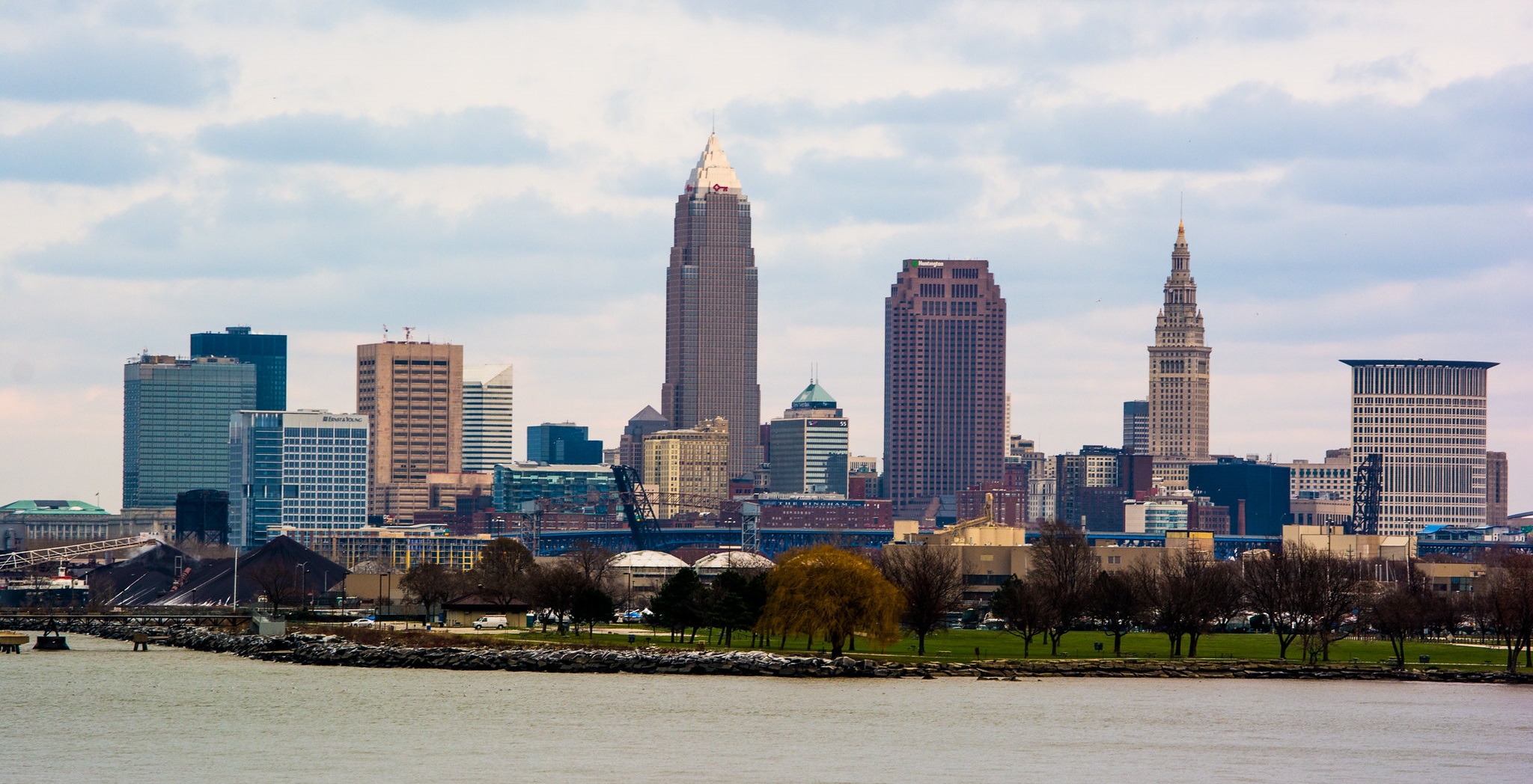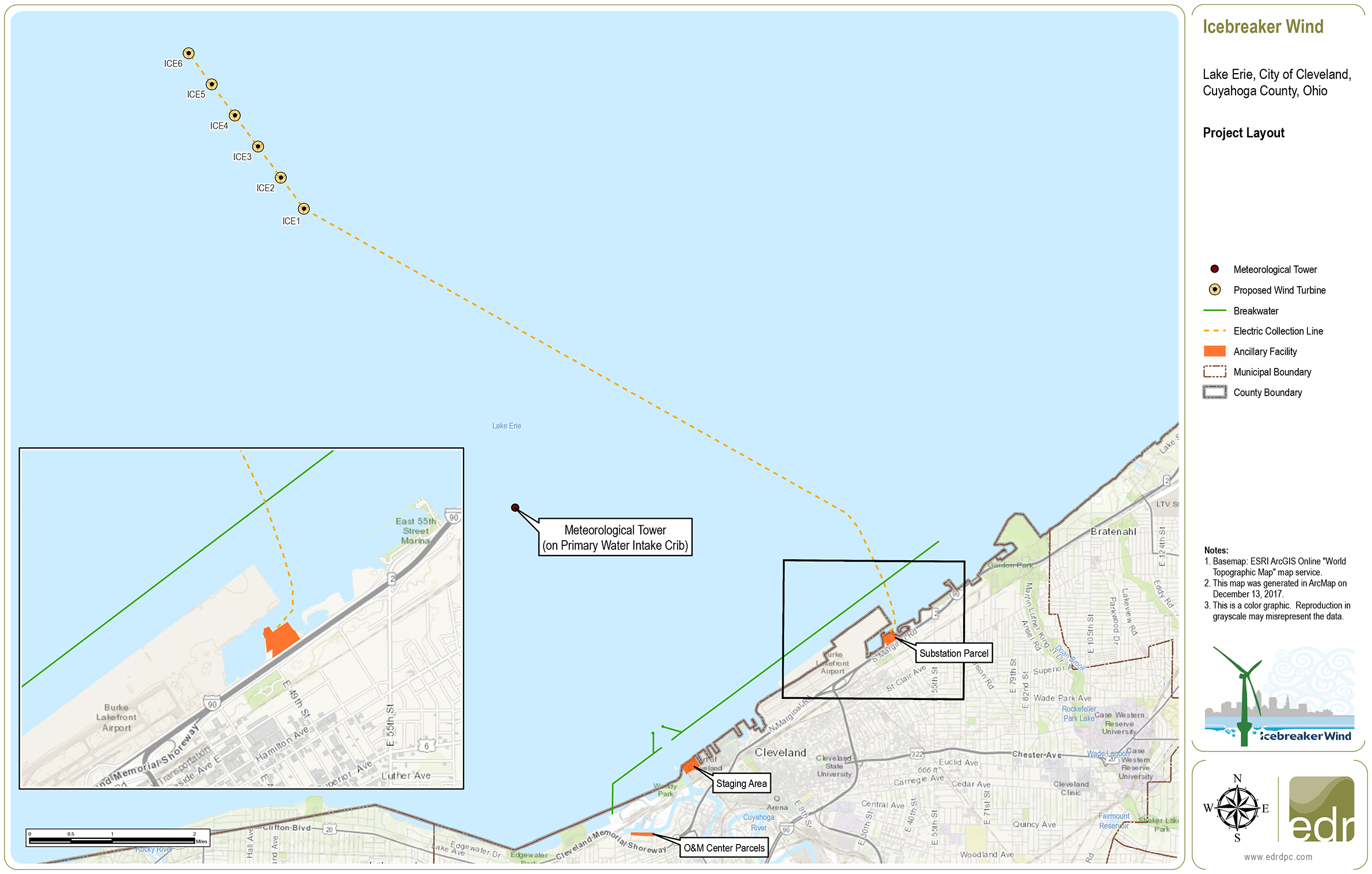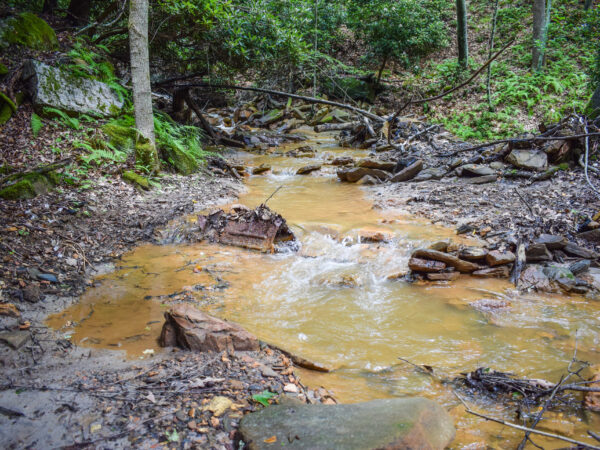
A $126 million, 20.7-megawatt wind turbine project on Lake Erie has the go-ahead from state regulators after years of halting progress.
If construction is completed, the six-turbine Icebreaker Wind farm in Lake Erie, 8 miles northwest of Cleveland, would be the first offshore freshwater site in the U.S. The project has been in various stages of planning since 2009.
At a May 21 teleconference meeting the seven-member Ohio Power Siting Board unanimously agreed to issue a certificate for the project, subject to 33 conditions relating to a variety of issues. One of the conditions requires turbines to be feathered, or stopped, from March 1 through November 1 from dusk to dawn. The requirement is designed to protect both birds and bats during critical periods when they are likely to be present in the area.
The certificate issued modifies an agreement signed by parties last year, including The Sierra Club, LEEDCo, Ohio Environmental Council, Business Network for Offshore Wind and a regional carpenters’ council.
The company pursuing the project, Lake Erie Energy Development Corporation, LEEDCo, did not respond to a Great Lakes Now interview request. Dave Karpinski, LEEDCo president, issued a written statement indicating one of the conditions included in board approval, the feathering requirement, was unexpected and likely to jeopardize the entire project.
“This order is not an approval. A condition added by the Ohio Power Siting Board may well be fatal to the entire project. We are extremely disappointed the board took this unfortunate step backward for clean energy in Ohio,” the statement read. “Throughout the OPSB proceedings in this case, we made it abundantly clear that a requirement to shut down the turbines from dusk to dawn for the majority of the year renders the project economically not viable.”
According to Karpinski, LEEDCo only learned of the most recent, lengthiest version of the operation restrictions after the OPSB issued a post-meeting press release.
“Given the prior agreement signed off on by the attorneys general representing the OPSB and the Ohio Department of Natural Resources we were extremely surprised by their directive and learned of it only in the press release the OPSB issued immediately following the meeting,” the statement read.
Karpinski went on to describe the feathering requirement as unworkable and unrealistic.

Map of Icebreaker Wind project (Image courtesy of Lake Erie Energy Development Corporation)
Never financially viable
Sandy Bihn, with Lake Erie Waterkeeper, said she believes with or without the extensive feathering rules, Icebreaker was never likely to turn a profit.
“The documentation I’ve seen shows that the cost of producing electricity in the lake would be greater than producing it on land,” she said. “If you’re going to do something on the lake there ought to be an economic argument for it and if that argument doesn’t exist and you’re going to put wind turbines in, why not do it on land instead of water?”
Bihn argues lake turbines would raise electric prices in the region served by the installation.
“I don’t know if the people in Cleveland are aware they would be paying more for the power from putting it in the lake instead of on land,” she said. “I happen to live in an area where FirstEnergy, Ohio Edison has some of the highest rates in the country and I’m a big believer that the free market should prevail.”
According to Bihn, risking harm to Lake Erie or its wildlife isn’t worth it – even if there were an economic justification.
“Why take such a great resource and risk that resource with anything from birding to fishing? The truth is, no one really knows what is going to happen with it. These are the greatest freshwaters in the world and Lake Erie is one of the greatest fisheries in the world,” she said. “The bottom line is the economics just aren’t there. I certainly favor renewables, wind and solar, but this hasn’t been properly assessed.”
Opponents: Icebreaker is tip of spear
Current Sandusky Register columnist John Hageman retired after decades managing Ohio State University’s Stone Lab on Gibraltar Island. While he doesn’t currently hold an official position with the university or its historic lab, he’s an avid angler and outdoor writer and says he still holds a position with Lake Erie.
“Namely as a person who enjoys the natural features of the lake and the aesthetics. It’s partially due to my biology background, and also knowing how harmful this particular green energy is,” he said.
Hageman said that while LEEDCo officials have continually promoted Icebreaker as simply a six-turbine project, its purpose is to introduce turbines to the lake in massive numbers.
“They’ll tell one group what they want to hear and another group of people what they want to hear,” he said. “They’ll tell fishermen it’s only going to be six, we need your approval and that’s all we’re going to build. Then they’ll tell union steelworkers ‘We’re going to build thousands and you’re going to be the manufacturing capital of the world with thousands of welding jobs.’”
For Hageman, Ohio Sen. Sandra Williams’ remarks during the hearing were telling. Just before the vote, Williams indicated she was pleased at the prospect of many more turbines being installed on Lake Erie beyond the initial six.
“I know the people leading this project have been keeping me abreast of everything happening and I believe this will be something that other states across the country will be looking at as a direction, to look forward to getting even more windmills on Lake Erie,” she said.
Hageman said LEEDCo’s history of mixed messaging is concerning.
“They’re selling it to Cleveland as the tip of the iceberg and they’re selling it to environmental groups as an experiment to see how it works,” Hageman said. And holding LEEDCo accountable for the 33 items in the memorandum of understanding agreement – they’d never be able to build it because some of it has to do with how they’ll monitor collisions.”
Detecting and recording bird and bat collisions has been an issue for Icebreaker. Critics say the technology is not yet available and what is currently available is unproven. LEEDCo officials say ultra-modern strike detection systems will be part of the turbine designs and will track wildlife that may come into contact with blades.
OPSB clear on rules: environmental safety first
OPSB records indicate the project must take utmost care to mitigate wildlife impacts and details those requirements extensively.
ODNR Director Mary Mertz, an OPSB voting member, said before the vote that she had spent much time and effort gathering and digesting information about the project.
“This is a significant decision and a significant vote and I put a lot of thought into it,” she said. “I think this project has sort of an inherent tension. It’s a small project, so some of the less desirable aspects are okay because it’s small, but on the other hand it’s put forth as a demonstration project which may one day lead to a larger one.”
Mertz said one of the 33 conditions addresses an issue raised by opponents regarding possible future failure of Icebreaker. The certificate requires bonds covering the cost of decommissioning and removing of turbines in the future, should it be required.
“Being in the business where we deal with abandoned mines and abandoned oil and gas wells, that was important,” she said. “I’m glad that was addressed in a fashion I found adequate.”
Additional requirements for the project include pre and post-construction fish, bird and bat monitoring, an active collision detection system and other safeguards.

Biggest Week in American Birding at Magee Marsh Wildlife Area (Photo by James Proffitt)
Kim Kaufman, executive director of Black Swamp Bird Observatory, said she’s disappointed the certificate was issued.
“We do not now, nor have we ever, supported this project, first for the fundamental reason that it is sited in a Globally Important Bird Area, a designation that is not to be taken lightly,” she said. “The exposure risk is very high in the area to both wintering and migratory birds.”
Kaufman said BSBO staff will continue to monitor the project as developments occur and ecological reports are posted to the OPSB’s docket.
Extended feathering could be deal breaker
Matt Butler oversees facilities review and compliance for OPSB and said the issuance of the certificate was the OPSB’s first official opinion on the case.
“The OPSB technical staff issued a staff report and signed a settlement agreement with other parties agreeing to certain conditions,” he said. “The board is not bound by settlement agreements and may accept, reject or modify settlement agreements based on the case record before it.”
According to Butler, issuance of the certificate means LEEDCo can begin moving forward with the project.
“What happens after the board issues its decision is then a business decision by the developer,” he said.
According to Karpinski, Icebreaker staff and contractors have put forth great efforts to ensure the project is safe for Lake Erie and its wildlife.
“LEEDCo has invested incredible amounts of time and money into studying and assessing potential impact to birds and bats. We have not taken it lightly,” his statement read. “In light of the decision, LEEDCo will need to reconvene in the coming days and examine our options on how and whether we can move forward.”
Read more about the Icebreaker project on Great Lakes Now:
Winds of Change: Wind turbines on Lake Erie spark big support and big debate
Lake Erie Wind Farm Divides Environmental Activists
Featured image: Downtown Cleveland shoreline, Photo by Tim Evanson via flickr.com cc 2.0




